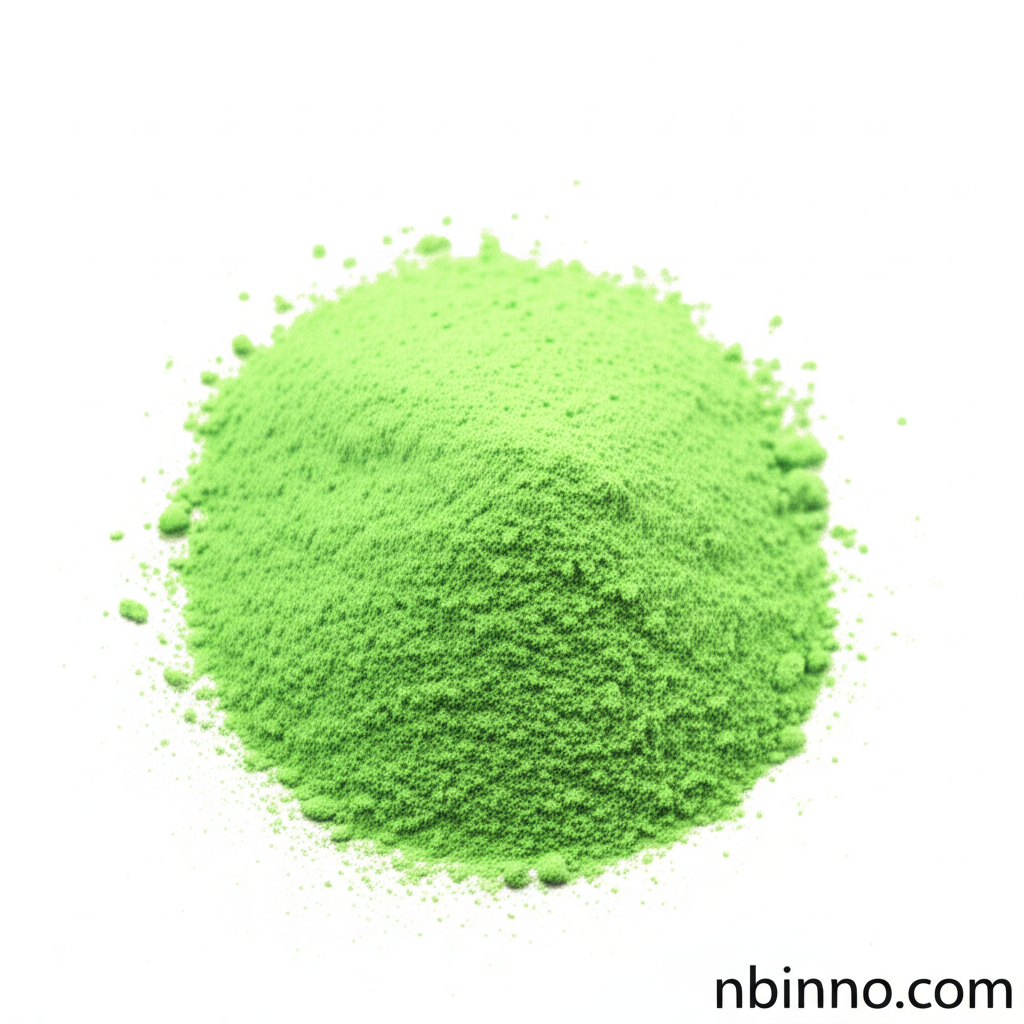10-(4-bromophenyl)-9,9-dimethyl-9,10-dihydroacridine: Properties, Applications, and Chemical Intermediate Uses
Discover the key properties and diverse applications of this vital chemical intermediate in modern synthesis.
Get a Quote & SampleProduct Core Value

10-(4-bromophenyl)-9,9-dimethyl-9,10-dihydroacridine
This compound, identified by CAS number 1342892-15-2, is a crucial chemical intermediate widely utilized in advanced organic synthesis. Its specific molecular structure, C21H18BrN, makes it a valuable building block for developing novel materials and complex organic molecules.
- Leveraging 10-(4-bromophenyl)-9,9-dimethyl-9,10-dihydroacridine CAS 1342892-15-2 for efficient chemical intermediate synthesis. This material is essential for creating more complex structures.
- Exploring the properties of this organic intermediate in advanced synthesis, enabling precise molecular design.
- Utilizing acridine derivative synthesis with high purity chemical compounds like this one for reliable results.
- Investigating electronic material precursors, this compound plays a role in developing next-generation photoelectric devices.
Key Advantages
High Purity and Quality
Achieve reliable experimental outcomes with our high purity chemical compounds, ensuring consistency in your chemical synthesis processes.
Versatile Building Block
As a key component in organic chemistry building blocks, this dihydroacridine derivative facilitates the creation of diverse molecular architectures.
Specialized Applications
Its unique structure makes it suitable for specialized applications, particularly as one of the electronic material precursors for advanced technologies.
Key Applications
Organic Synthesis
This compound serves as a fundamental chemical intermediate, enabling researchers to perform complex transformations in various organic chemistry building blocks research.
Material Science
Its structure is beneficial when exploring electronic material precursors, contributing to the development of novel materials with desired optical and electronic properties.
Pharmaceutical Research
As a heterocyclic compound, it can be a starting point for exploring new pharmaceutical intermediates through tailored acridine derivative synthesis.
Specialty Chemicals
Used in the creation of fine chemicals, it caters to niche markets requiring specialized molecular structures for targeted applications.
